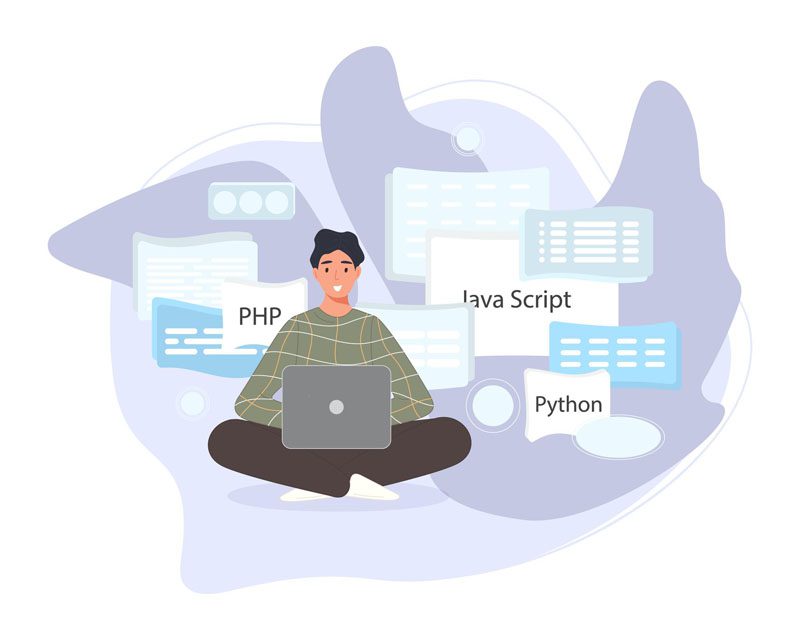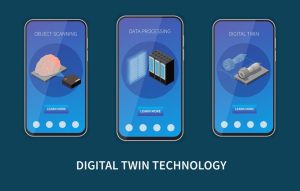Since Python has more than 250 libraries, it can be hard to figure out which is best for your project. Since Python has more than 250 libraries, it can be hard to figure out which is best for your project. In this article, we’ve gone into detail about which Python libraries are best for which kinds of projects.
So, in this article, we’ll talk about the top 40 libraries that humans believe you should know about. Natural language processing is a field that employs both computer science and linguistics. It lets computers process and analyze the NLT, which stands for “natural language toolkit.”
1. NLTK
NLTK is among the most used libraries for processing natural language. It lets you do different things with the English language, like tokenizing and stemming. You can tokenize phrases or sentences, differentiating the words in a sentence or the sentences in a paragraph.
For example, it is tokenizing this because New York muffins output a list of strings where each word is a separate string. Now you can put a part-of-speech label on each word in a tokenized sentence. This will print a tuple for each word, followed by its part of speech. And the tag for John is NP, which originally stood for “proper noun singular.”
You can also use the roots of words. The root of the word maximum is “maximum,” and the root of the word “presumably” is “presumed.” It’s important to remember that stemming can be done differently, and each will give you different results based on its algorithm. By putting together NLTK’s basic features, you can make more complicated programs, such as the stock site.
2. Gensim
Gensim is another Python library that works with natural language. It is meant for people who work with natural language processing and information retrieval. It has a simple interface, algorithms that don’t depend on memory, and satisfactory work implementations of LSA, LDA, and R P.
3. Flash text 2.7
Word search and replacement are other important parts of natural language processing. The best library for this is FlashText. It lets you find, replace, and eliminate keywords in text data. Using a tree data structure to make flash text fast is a big plus.
Flash text can work very quickly on very large amounts of data. It works better than regex for text with more than 500 and much faster for even more words. But keep in mind that flash text can’t look for special characters. Flash text is the library to go to when you have a lot of data.
4. Using computer vision
In computer vision, computers find, sort, and react to things they see. The largest computer vision library is an open CV, also called open-source computer vision. It can read and write images simultaneously, find edges, and filter images, all of which are useful.
5. Open CV
You can make programs like this face detector by putting together the different functions of Open CV. It can not only find where people’s faces are, but it can also tell the person’s name and even put on makeup.
6. Simple CV
Simple CV is an open-source framework for creating computer vision applications that are easy for people just starting. It’s an open CV, but for people just starting, it gives you access to several high-powered computer vision library services, including open CV, without having to learn a lot about computer vision.
You can learn about computer vision by making a pedestrian walk sign program. The program will inform you to go unless it sees a light source. The program will show a stop sign when a light source is found. One problem is that it only works with Python 2.7, but beginners should still try it.
7. Tkinter
The graphical user interface, or GUI, is a set of visual parts that can be used to interact with computer software. The TK enter package is the standard way to use Python with the TK GUI toolkit. Python makes it easy and quick to make GUI applications when used with TK enter.
And there are a few widgets like frames, labels, and buttons in TK enter. These widgets have several properties, like size, padding, and borders. You can make these widgets and change their properties to make GUI programs in Python. I suggest this Python library for projects that are easy and quick to make.
8. wx Python
WX Python is a graphical user interface (GUI) toolkit for the Python programming language. It is often used instead of tk enter. It’s a fantastic pick for cross-platform Python because it works on Windows, Mac, and Linux. WX Python is also easy to use and has an advanced design layout for developers.
One program made with WX Python is called Liker, which stores notes in a tree structure. Another cross-platform GUI worth talking about is qt. It has the most widgets and is the most flexible of all the GUI libraries. This makes it the best choice for complex projects.
9. PyQt5
PyQt5 has a web browser that works perfectly and is a helpful system with Unicode pattern matching, SQL databases, and XML. PyQt5 can make calculators, weather apps, and even trackers for the cryptocurrency market.
10. Pygame
You’ve probably had to make at least one game while learning to code. You can use these libraries to make any game you want, from classics like Pong and Tetris to games you make up on your own.
Pygame is a wrapper module for making video games that are very easy to learn. It has graphics and sound libraries that make it easy to make dynamic games quickly. Programs made with Pygame can run on any operating system that supports STL. They can also be used on smartphones and tablets.
There are also things like pixel camera control, middie, and collision detection. You can make games such as Space Shooter and T-Rex Rush with Pygame. As well as, if you ever require ideas, you can look at the thousands of games other people have made on the Pygame site.



